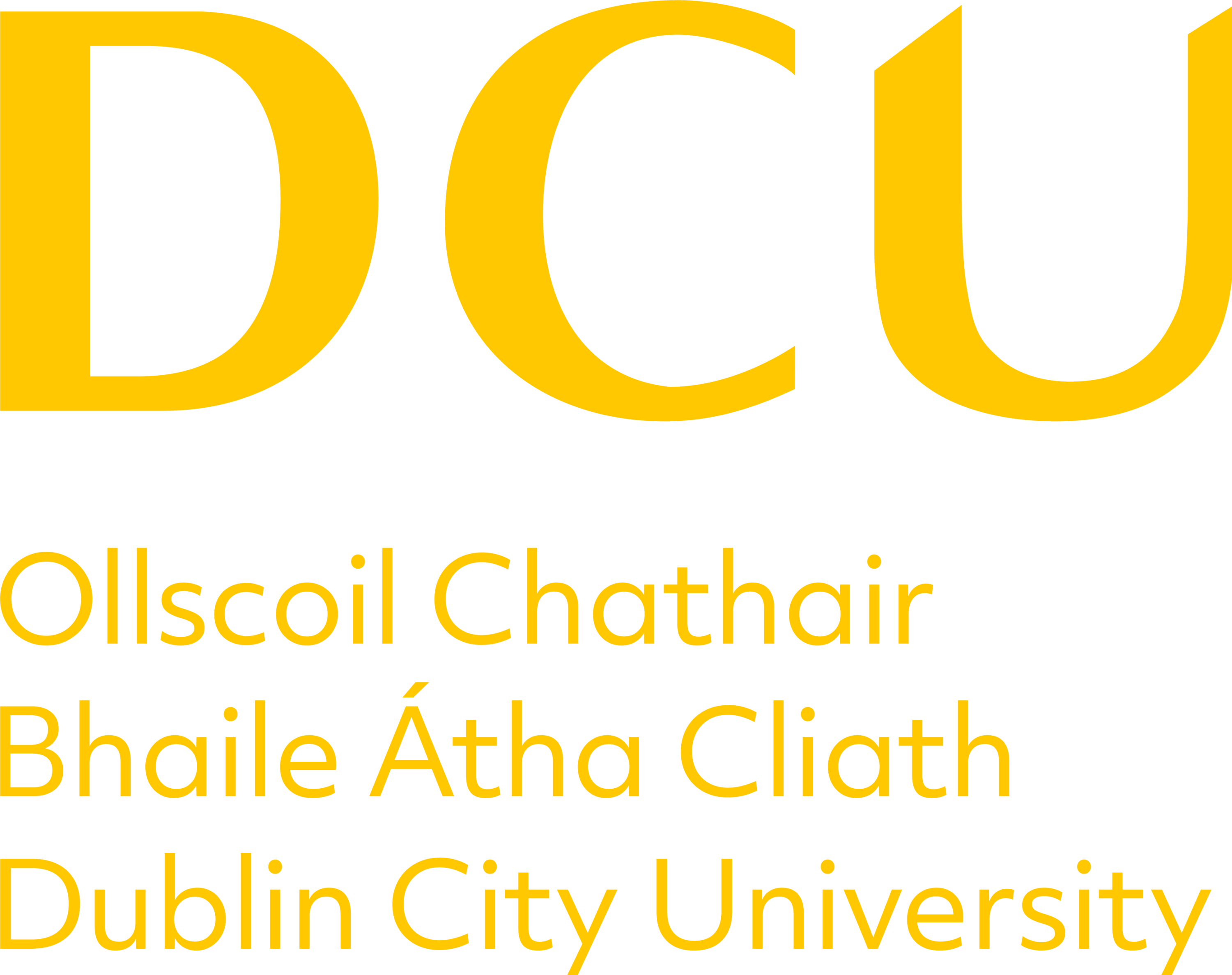Registry
Module Specifications
Archived Version 2018 - 2019
| |||||||||||||||||||||||||||||||||||||
|
Description | |||||||||||||||||||||||||||||||||||||
|
Learning Outcomes 1. Derive key results in queuing and teletraffic theory, as apply to the study of communication network performance analysis. 2. Apply methods from probability and queuing theory to modelling of performance-related behaviour of a range of packet-switched and circuit-switched systems and networks. 3. Apply queuing theory equations to calculate system performance measures (e.g. latency, throughput, packet loss) and to perform basic dimensioning of network resources to meet required performance targets. 4. Develop a number of different probabilistic traffic models and determine their applicability to representing different network traffic types. 5. Formulate a range of different network flow and resource dimensioning problems as mathematical optimisation problems. 6. Apply optimisation theory to solving network flow, routing and resource allocation problems. | |||||||||||||||||||||||||||||||||||||
All module information is indicative and subject to change. For further information,students are advised to refer to the University's Marks and Standards and Programme Specific Regulations at: http://www.dcu.ie/registry/examinations/index.shtml |
|||||||||||||||||||||||||||||||||||||
|
Indicative Content and
Learning Activities None | |||||||||||||||||||||||||||||||||||||
| |||||||||||||||||||||||||||||||||||||
|
Indicative Reading List | |||||||||||||||||||||||||||||||||||||
|
Other Resources None | |||||||||||||||||||||||||||||||||||||
| Programme or List of Programmes | |||||||||||||||||||||||||||||||||||||
| Archives: |
| ||||||||||||||||||||||||||||||||||||
